Anise Spice: Sweet, Spicy & Totally Surprising! 7 Ways This Tiny Seed Packs a Punch
Have you ever tasted licorice and thought — wait, this is oddly comforting? If so, chances are you've already met its aromatic cousin: anise spice. This tiny, star-shaped seed might not look like much, but it's been stealing the show in kitchens, herbal remedies, and even perfumeries for centuries.
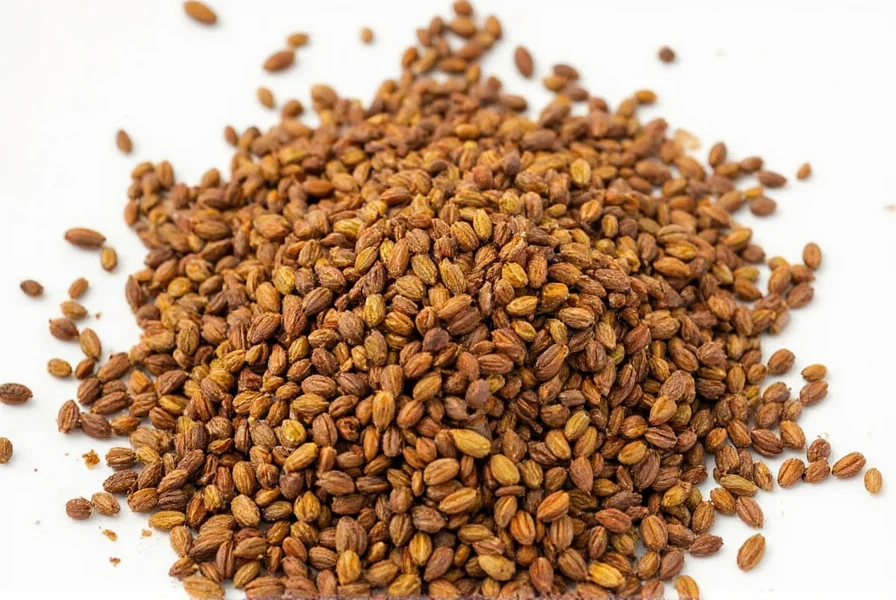
From its bold licorice flavor to its surprisingly diverse uses, anise is one of those spices that deserves more than just a cameo role in your pantry. Whether you're a seasoned chef or someone who just discovered what cardamom is last week, this guide will turn you into an anise aficionado by the end of it!
Table of Contents
- What Is Anise Spice?
- The Flavor Profile of Anise: Sweet, Herbal & Slightly Wacky
- Culinary Uses: From Cookies to Cocktails
- Health Benefits: More Than Just a Pretty Taste
- Buying Guide: How to Choose the Best Anise Spice
- Storage Tips: Keep It Fresh, Keep It Fabulous
- Fun Anise Facts You Didn't Know (But Definitely Should)
- 7 Delicious Recipes Featuring Anise
- Conclusion
What Is Anise Spice?
Anise (Pimpinella anisum) is a flowering plant native to the eastern Mediterranean region and Southwest Asia. The spice we know and love comes from its small, grayish-green seeds — which actually aren’t seeds at all, but rather the dried fruit of the plant.
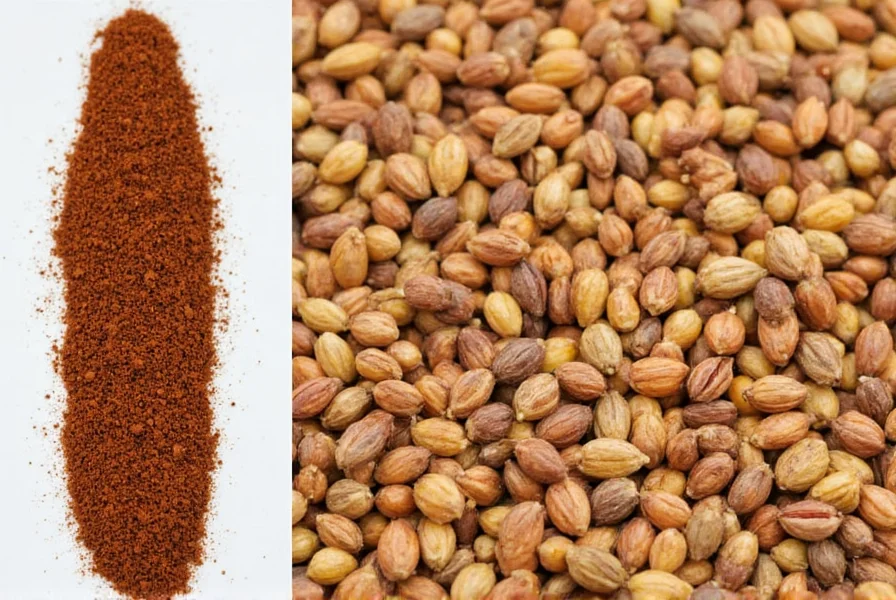
These oval-shaped pods have a distinct aroma reminiscent of licorice, fennel, and tarragon. While often confused with star anise (more on that later), true anise has its own unique character — both in flavor and application.
True Anise vs. Star Anise
If you’ve ever reached for star anise thinking it was regular anise, you’re not alone. Both share a similar licorice-like flavor due to a compound called anethole, but they come from completely different plants.
| Feature | Anise | Star Anise |
|---|---|---|
| Botanical Origin | Pimpinella anisum | Illicium verum |
| Appearance | Small greenish-gray seeds | Star-shaped brown pods |
| Flavor Intensity | Sweet, mild, and fragrant | Stronger, slightly bitter edge |
| Best Use | Baking, cookies, liqueurs | Stews, broths, pho broth |
The Flavor Profile of Anise: Sweet, Herbal & Slightly Wacky
Anise spice brings a sweet, warm, and unmistakably licorice-like flavor to any dish. Think of it as the party guest who shows up wearing glitter and insists everyone sing karaoke — loud, unforgettable, and kind of amazing once you get used to it.
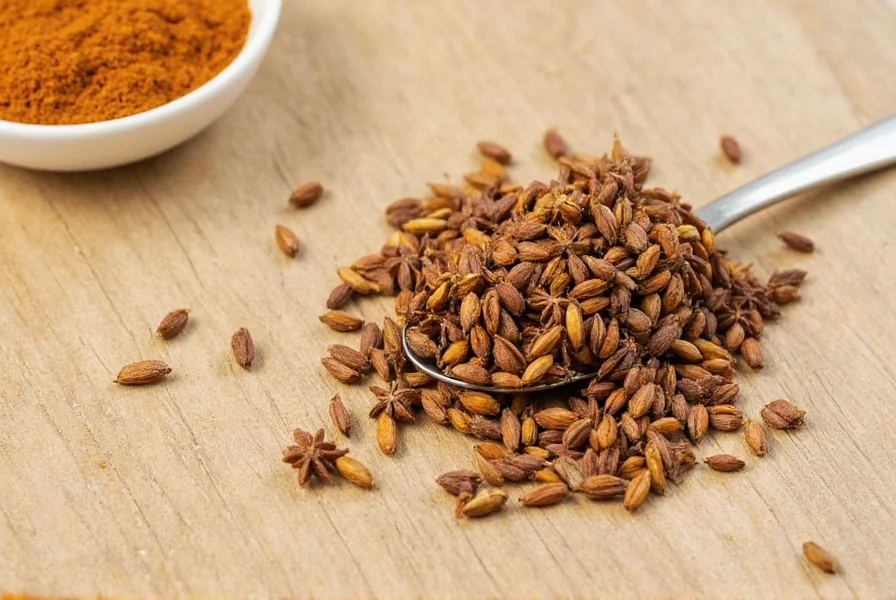
When toasted or ground, anise becomes even more aromatic. Crushed anise seeds release essential oils that enhance both sweet and savory dishes, making it incredibly versatile.
Culinary Uses: From Cookies to Cocktails
Here’s where anise really shines. It’s not just for your grandma’s Christmas cookies (though those are pretty great too). Let’s dive into some real-world ways to make anise the MVP of your next meal:
- Baking: Perfect for biscotti, gingerbread, and holiday treats. Try pairing with cinnamon and nutmeg for a warm, cozy combo.
- Liqueurs: Essential for classic drinks like ouzo, sambuca, and arak. Add water and watch the magic happen — it turns cloudy! 🌫️
- Coffee Enhancer: Add a pinch of anise powder to your coffee grounds before brewing for a subtle licorice twist.
- Meat Rubs: Great with pork or lamb. Mix with garlic, cumin, and black pepper for a Middle Eastern flair.
- Vegetable Dishes: Roast carrots or parsnips with a sprinkle of crushed anise — earthy sweetness meets aromatic warmth.
- Herbal Teas: Brew anise with fennel and peppermint for a soothing digestive tea.
- Fish & Seafood: Especially popular in Mediterranean cuisine, it pairs well with grilled fish and lemon.
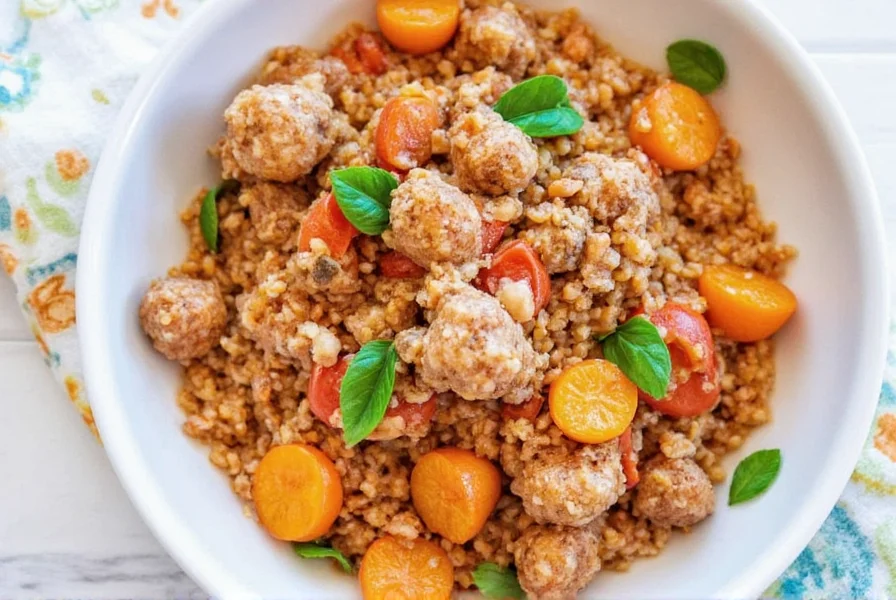
Health Benefits: More Than Just a Pretty Taste
You might be surprised to learn that anise isn’t just tasty — it also packs a healthful punch. Here are some science-backed benefits of including anise in your diet:
- Digestive Aid: Anethole helps relax gastrointestinal muscles, reducing bloating and gas. Ever heard of “digestifs”? Anise liqueur wasn’t just made for Instagram photos — it was for after-dinner relief.
- Antioxidant Powerhouse: Contains compounds that fight free radicals and reduce oxidative stress.
- Anti-inflammatory Properties: May help soothe inflammation-related discomfort.
- Respiratory Relief: Often used in herbal medicine to loosen mucus and ease coughs.
- Hormonal Balance: Some studies suggest it may support hormonal regulation, especially in postmenopausal women.
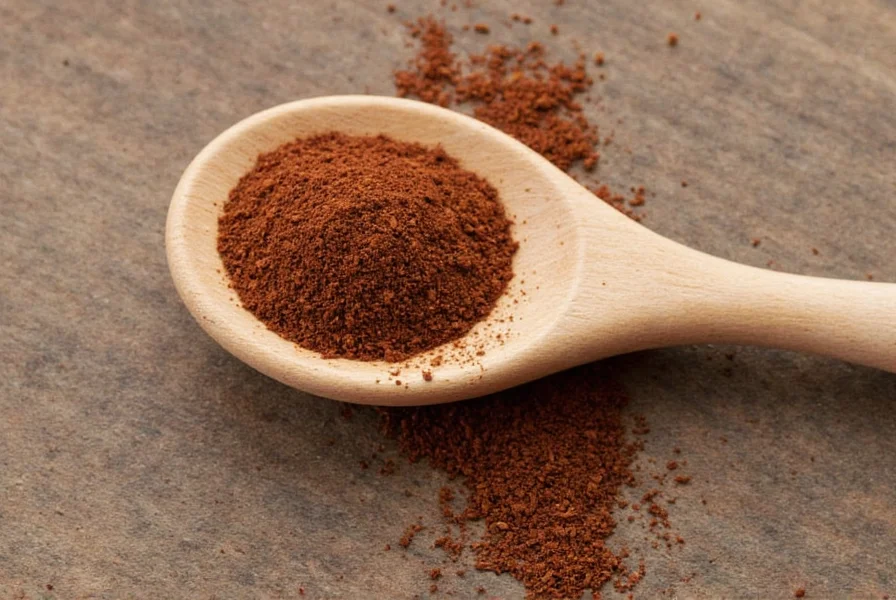
Buying Guide: How to Choose the Best Anise Spice
Ready to stock up? Here’s how to pick the best quality anise spice, whether you're buying whole seeds or ground powder:
Types of Anise Products
| Type | Features | Advantages | Use Case |
|---|---|---|---|
| Whole Seeds | Fragrant, intact pods | Longer shelf life, can be toasted or infused | Cooking, steeping, grinding at home |
| Ground Anise Powder | Convenient, fast flavor infusion | Easier to mix into batters and rubs | Baking, seasoning blends |
| Anise Extract | Liquid concentrate | Intense flavor with minimal use | Baking, desserts, cocktails |
| Anise Oil | Pure essential oil | High potency, medicinal use | Aromatherapy, topical applications |
Top Brands to Consider
- Spice Island Anise Seeds: Known for strong aroma and purity. Perfect for DIY infusions.
- Mrs. Dash Ground Anise: No added salt or fillers — ideal for health-conscious cooks.
- Now Foods Organic Anise Oil: USDA-certified, great for aromatherapy and natural remedies.
- McCormick Gourmet Collection: Premium-grade seeds with consistent quality and packaging.
- Bobs Red Mill Anise Seed: Non-GMO, organic, and ethically sourced.
Storage Tips: Keep It Fresh, Keep It Fabulous
Like most spices, anise loses its potency over time. To keep it tasting its best:
- Store whole seeds in airtight containers away from light and heat.
- Ground anise lasts about 6 months; seeds can stay fresh for up to 2 years if stored properly.
- Toasting before use enhances flavor significantly.
- Label and date your spices to track freshness.
- Don’t store near the stove or oven — heat accelerates flavor loss.
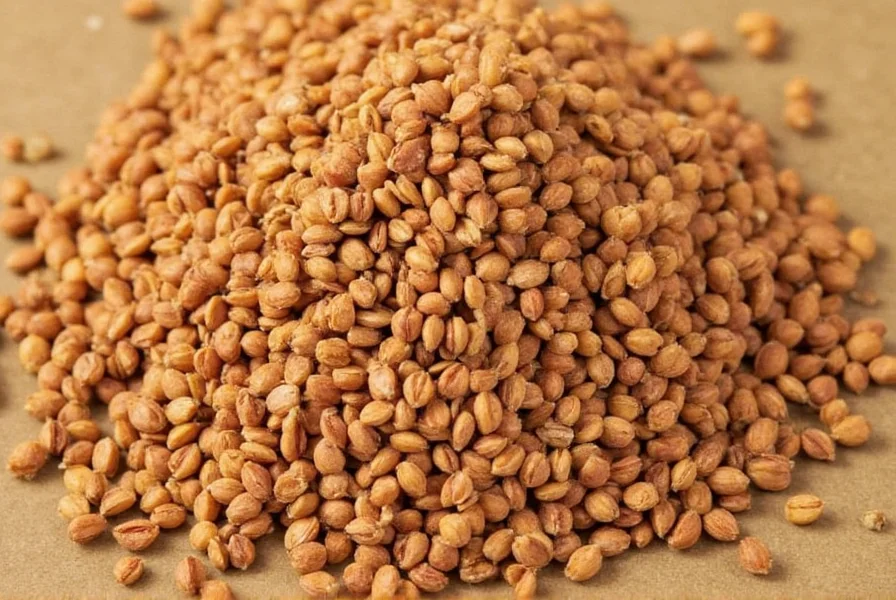
Fun Anise Facts You Didn't Know (But Definitely Should)
Before we wrap this up, here are some quirky and cool things you probably didn’t know about anise:
- In ancient Rome, newlyweds were given anise cakes to munch on during their wedding ceremony — yes, cake was part of the tradition long before modern weddings.
- Anise was once believed to ward off evil spirits and protect against nightmares when placed under the pillow.
- It was commonly used in medieval Europe to mask bad breath — people would chew the seeds after meals.
- Because of its scent, anise is sometimes used in perfume-making and natural insect repellents.
- Bees are attracted to anise — using it in your garden can help encourage pollination!
7 Delicious Recipes Featuring Anise
Let’s put theory into practice. Here are seven mouthwatering recipes that highlight the power of anise spice:
- Classic Anise Biscotti – Crisp, double-baked cookies perfect with espresso or wine.
- Anise-Rubbed Pork Chops – Boldly flavored with a touch of sweetness.
- Ouzo Cocktail – A Greek classic with a cloud of creamy texture when water is added.
- Anise and Fennel Salad – Fresh, crisp, and packed with licorice flavor.
- Carrot-Anise Soup – Comfort food with a gourmet twist.
- Anise-Scented Coffee – Wake up with a spiced twist on your morning brew.
- Homemade Sambuca – Impress your guests with a DIY version of this Italian favorite.
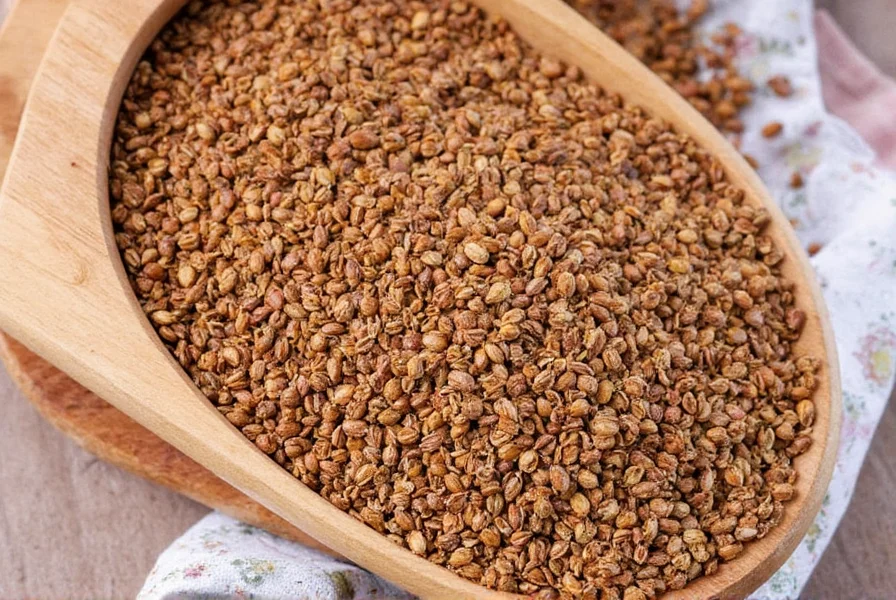
Conclusion
There you have it — a deep dive into the world of anise spice! From its rich history to its powerful flavor and surprising health benefits, anise is more than just a licorice knockoff. It’s a versatile, aromatic, and deeply rooted spice that deserves a place in every adventurous kitchen.
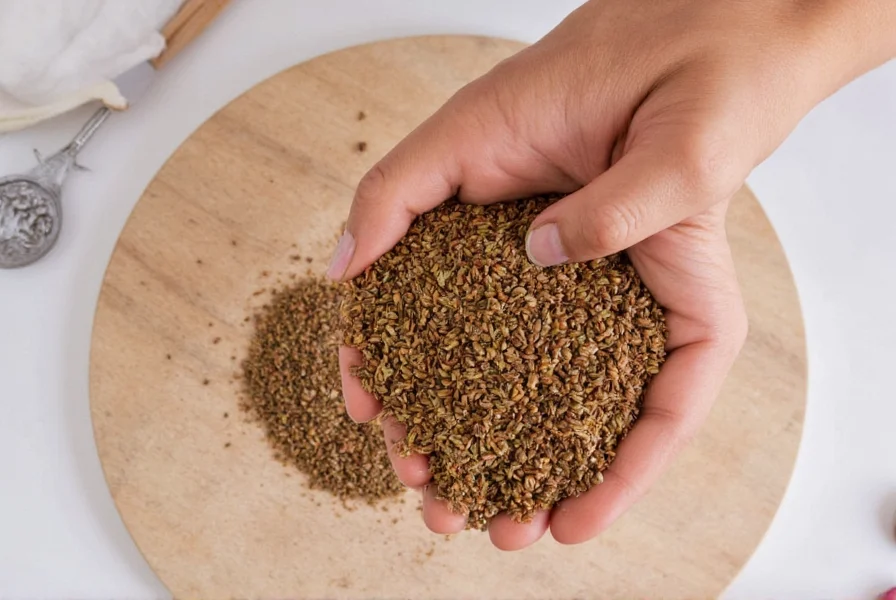
Whether you're sprinkling it into your baking, infusing it into a homemade liqueur, or simply sipping on a calming cup of anise tea, this little seed punches far above its weight. So next time you see those tiny greenish pods in the spice aisle — don’t walk, run to grab them!
Got a favorite way to use anise? Share it below and let’s keep the conversation spicy!

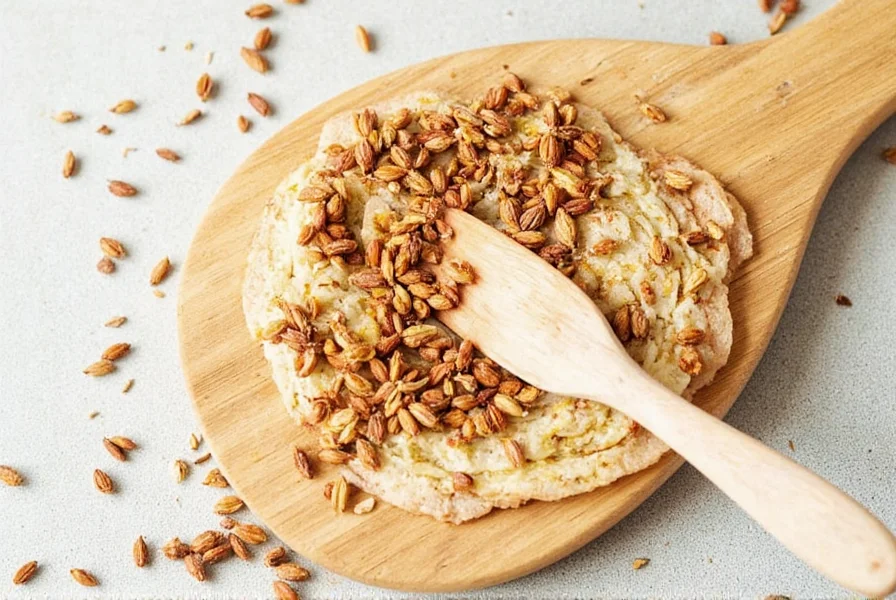









 浙公网安备
33010002000092号
浙公网安备
33010002000092号 浙B2-20120091-4
浙B2-20120091-4